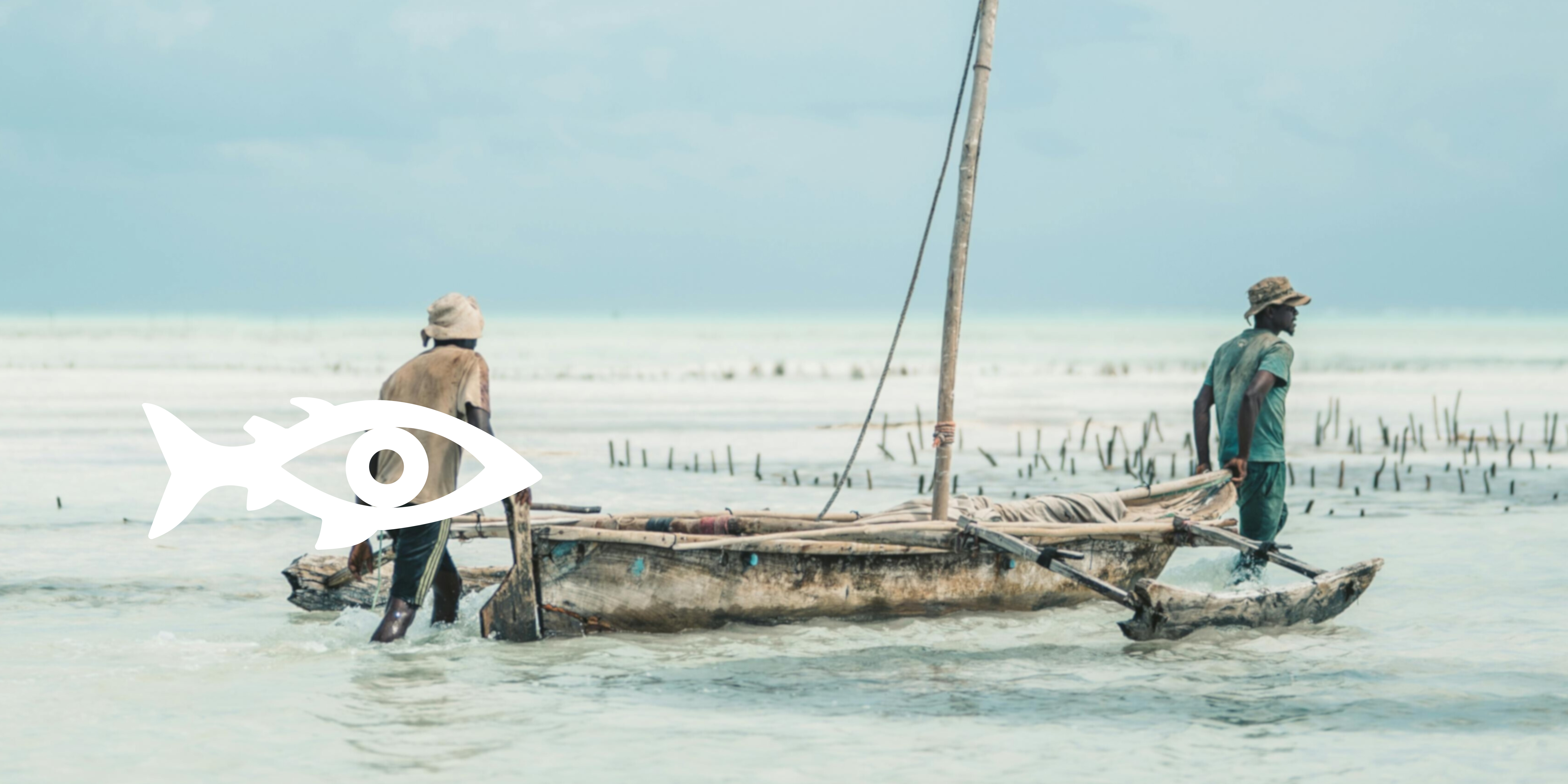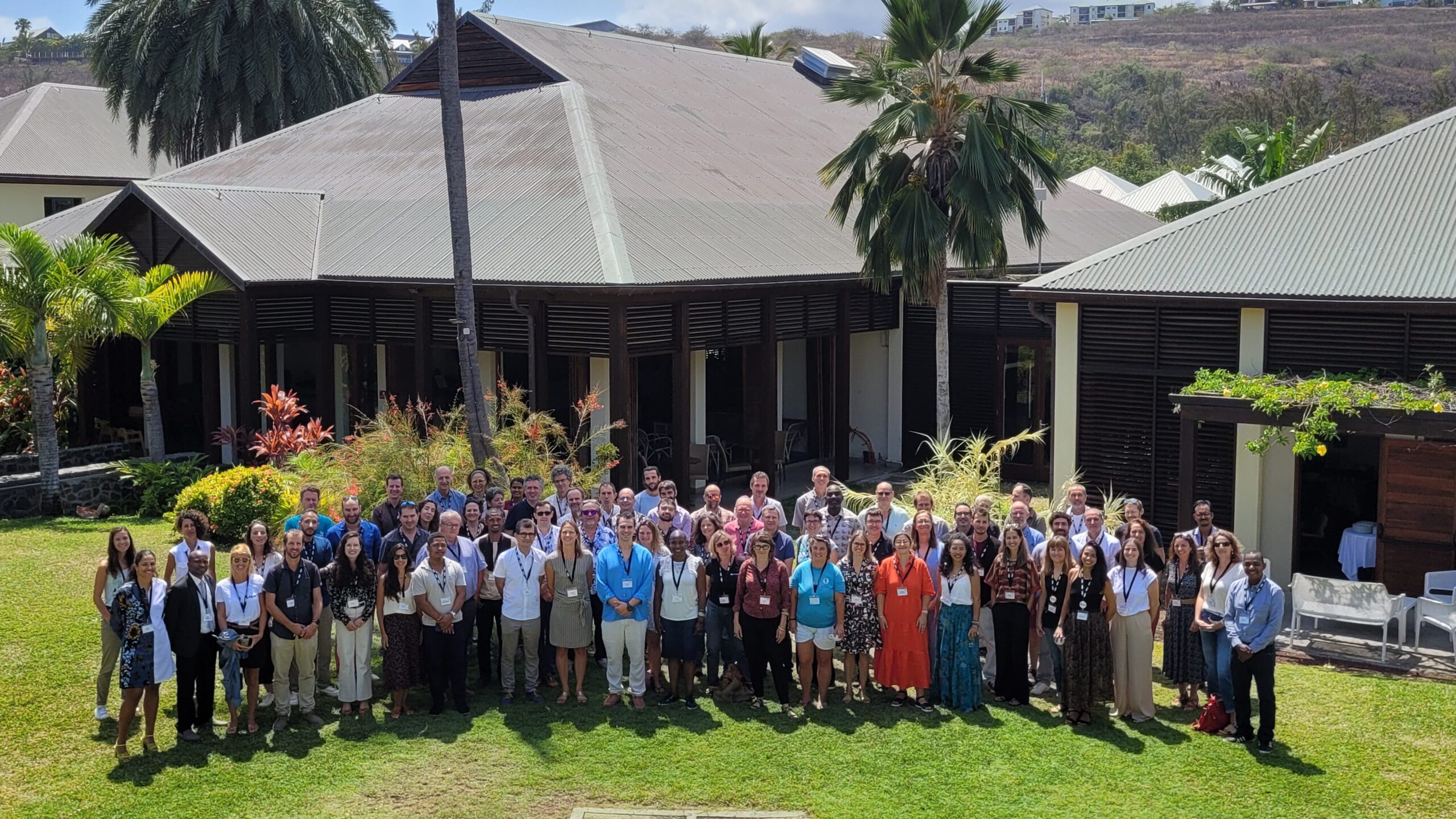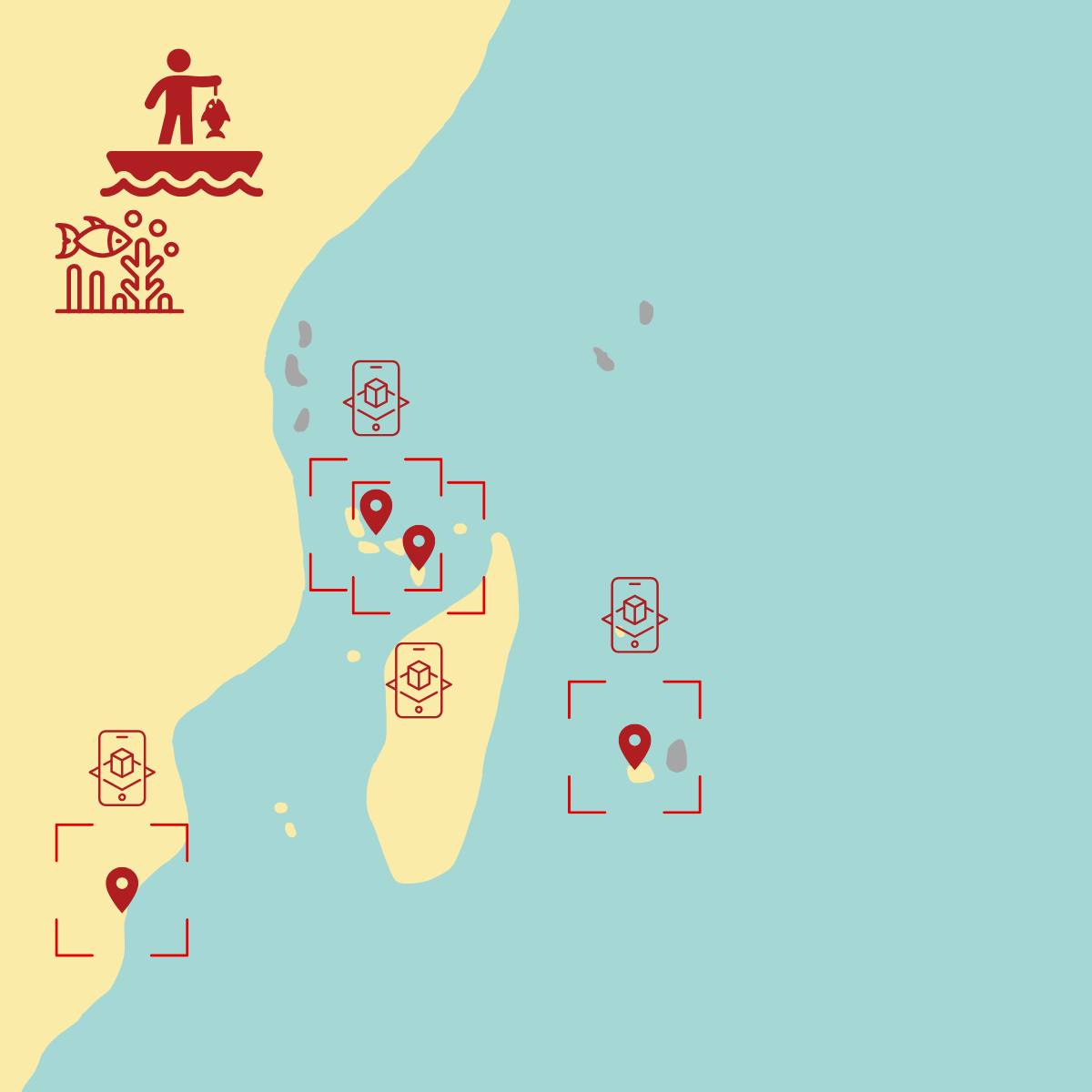
UNDERSTANDING BRIDGES AVATAR
5 questions to Stéphanie Mahévas: Key issues and method for modeling coastal social-ecological systems
BRIDGES AVATAR aims to develop digital avatars of each coastal site studied in the program. These models should help to disentangle the causes and effects of human behavior and environmental dynamics, promote dialogue between stakeholders and identify management interventions. Stéphanie Mahévas gives us an insight into these tools.
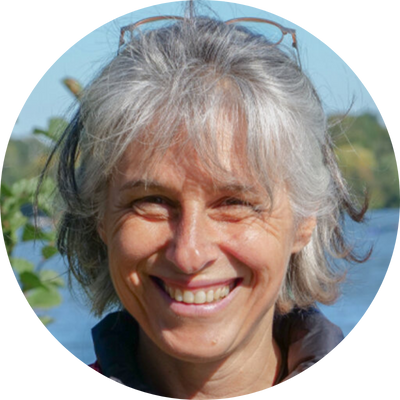
What are the aims of coastal avatars?
Stéphanie Mahévas: The various local stakeholders will imagine and co-construct spatialized management scenarios for their site. The coastal avatars will enable these scenarios to be tested virtually, taking into account the impacts of present and future global changes. The results should help local practitioners to anticipate these changes, fuel discussions and ultimately make informed decisions.
What can be done with one of these avatars?
S.M. : Each model is designed to :
- Understand how social-ecological systems function, and more specifically the interactions between human dynamics, the dynamics of marine populations and their marine habitats in a changing environment at different spatial and temporal scales,
- Evaluate different management scenarios
- Simulate scenarios of social-ecological systems evolution
- Identify strategies for transformation and adaptation to climatic and socio-economic changes.
It must be scalable and flexible so that it can be updated with new information and new scenarios as and when required.
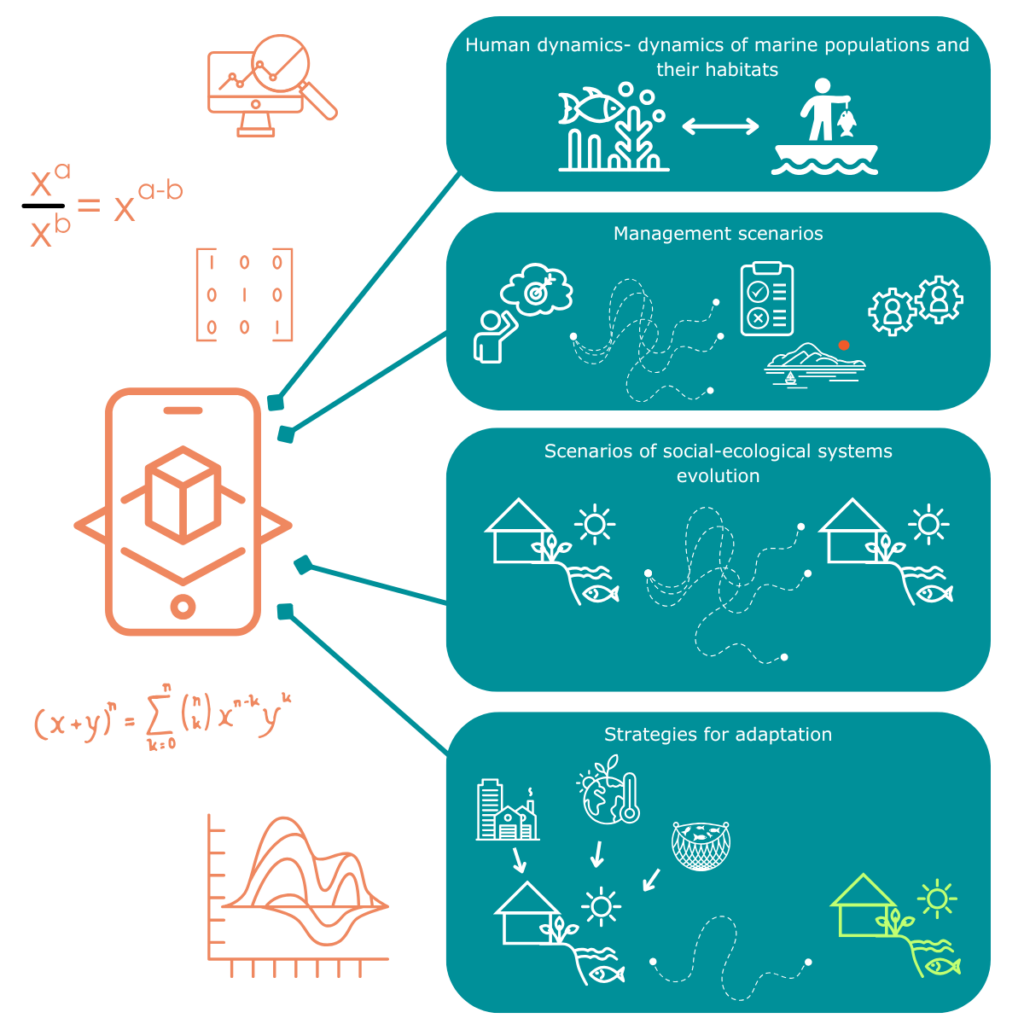
What are the steps involved in building these avatars?
S.M. : There are three main stages, which will take place over the first six years of BRIDGES:
- Meta-analysis of existing models: This first phase involves studying existing models to identify their strengths, weaknesses and scope. At the same time, it is necessary to integrate knowledge and specify modeling objectives with stakeholders, via interviews and workshops. This clearly defines the scope and context of modeling. In an objective and transparent way, this step enables us to determine the most appropriate types of model for each study site.
- Model formulation and coding: This involves designing the structure of the models (which compartments of the social-ecological system, how the elements of the system work together), programming them and parameterizing them using pre-existing model components, observations, data analysis, hypotheses, etc. The complexity of the models is adjusted according to the analysis objectives, available data and technical constraints.
- Verification and validation: This is an essential phase for testing model behavior, assessing its strengths and weaknesses in achieving the set objectives, and quantifying uncertainties. It consists of running the models (simulations) and comparing the outputs with the knowledge and observations made at each site studied. Meetings and workshops with stakeholders help refine the models to ensure their relevance and reliability.
What are the challenges involved in choosing a model?
S.M. : Choosing a fisheries management model is a complex task. Complexity (detail vs. difficulty of implementation and use) must be balanced against costs (construction, maintenance, uncertainty, operationalization). Data requirements vary from one model to another, and are a determining factor in parameterizing the model and choosing the level of complexity. Taking uncertainty into account is another key element. Uncertainty is crucial in management, and increases with model complexity.
To obtain relevant results, the model’s objective must guide its design. A disadvantage-benefit analysis is essential for choosing the right model. The model must be adapted to the objective, and have the support of the stakeholders.
How does this work fit in with other BRIDGES projects?
The development of avatars of coastal social-ecological systems is closely linked to other BRIDGES targeted projects:
- BRIDGES CO-CONSTRUCTION brings an essential participatory dimension to the conceptualization and adaptation of models. By actively involving local stakeholders through workshops and discussions, this approach ensures that avatars meet the needs of the communities concerned.
- BRIDGES OBSERVATION provides the data needed to parameterize, calibrate and validate the models. The exploration of model qualities and the analysis of model output uncertainties will also serve to identify tomorrow’s new observations to improve models and better describe socio-ecosystems and anticipate their evolution in a changing environment.
- BRIDGES RESILIENCE is involved in model validation and optimization. It assesses the robustness of scenarios and guides recommendations towards sustainable management solutions.
These collaborations ensure that coastal avatars are not simply theoretical tools, but concrete decision-support aids in the service of coastal socio-ecosystem resilience.
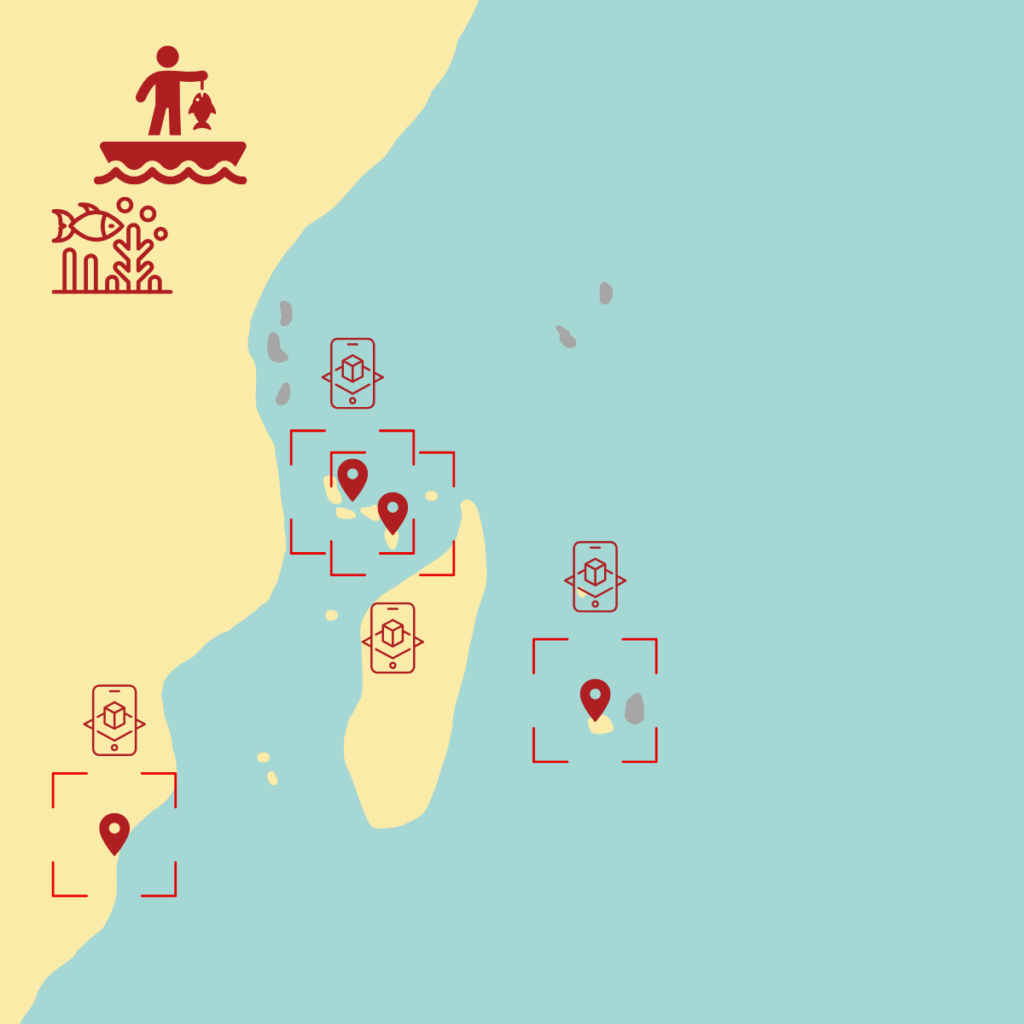
Portrait
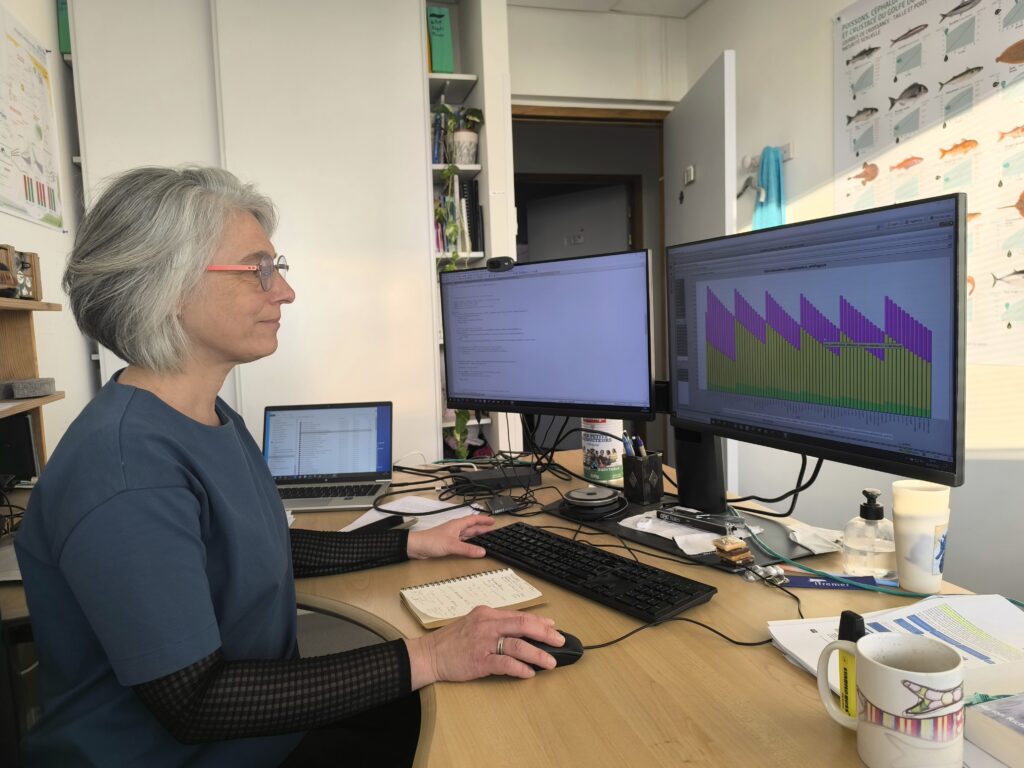
Stéphanie Mahévas joined BRIDGES as co-leader of BRIDGES AVATAR at the end of 2024. She is an Ifremer researcher at UMR MARBEC, she specializes in mathematical modeling of fisheries socio-ecosystems. She works on parameterization and simulation methods for complex models (e.g. sensitivity and uncertainty analysis). She uses these complex models to understand the evolution of socio-ecosystems and evaluate spatialized fisheries management scenarios. She has co-developed ISIS-Fish, a platform for modeling the spatial and seasonal dynamics of marine populations and fishing fleets, used in numerous coastal socio-ecosystems.
In BRIDGES, she also co-leads with Stéphanie D’Agata the development of digital avatars of coastal marine social-ecological systems and the evaluation of spatialized management scenarios.
Taking it a step further
Isis Fish, fishery dynamics simulator
Interview with Stéphanie Mahévas: Can we put fish into an equation?
More news News

